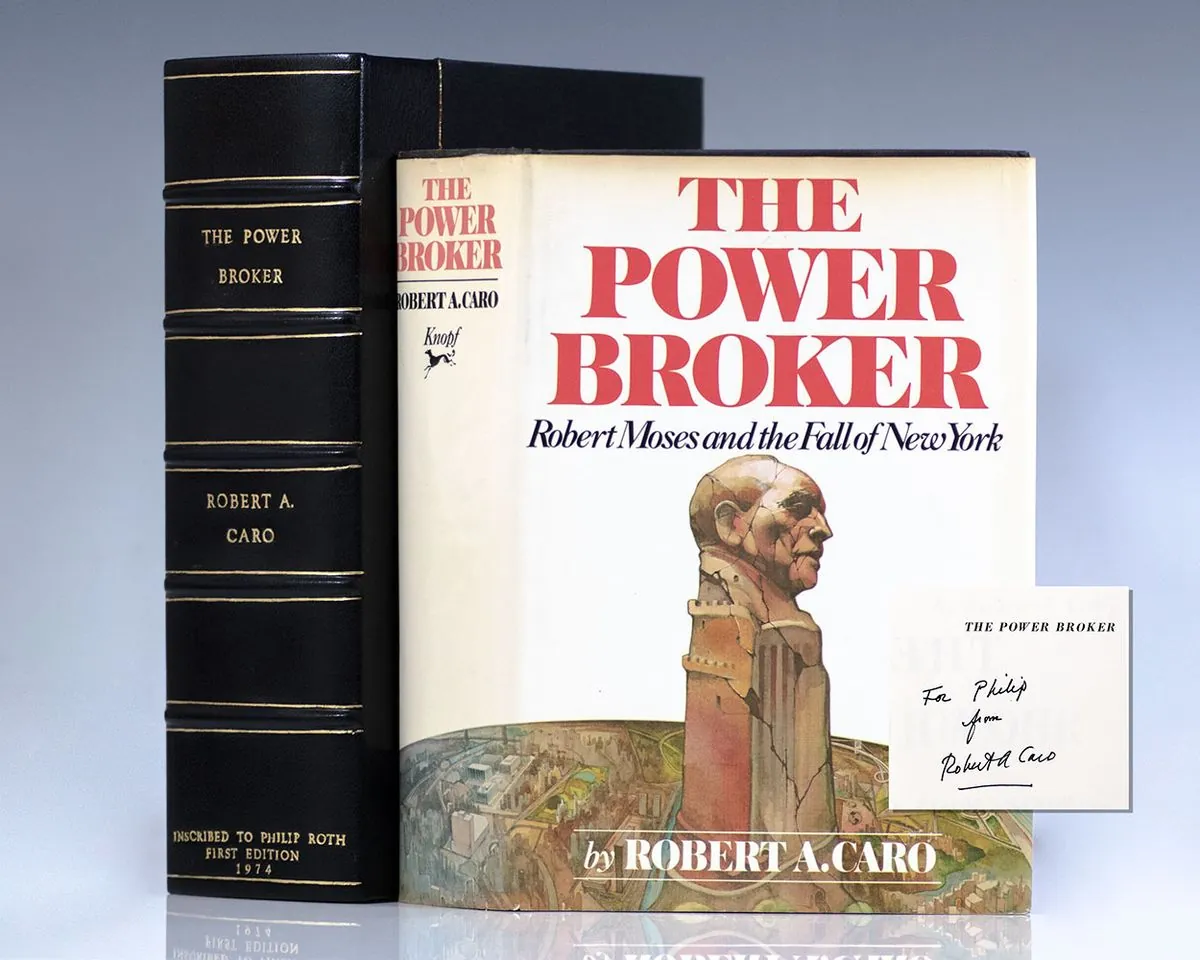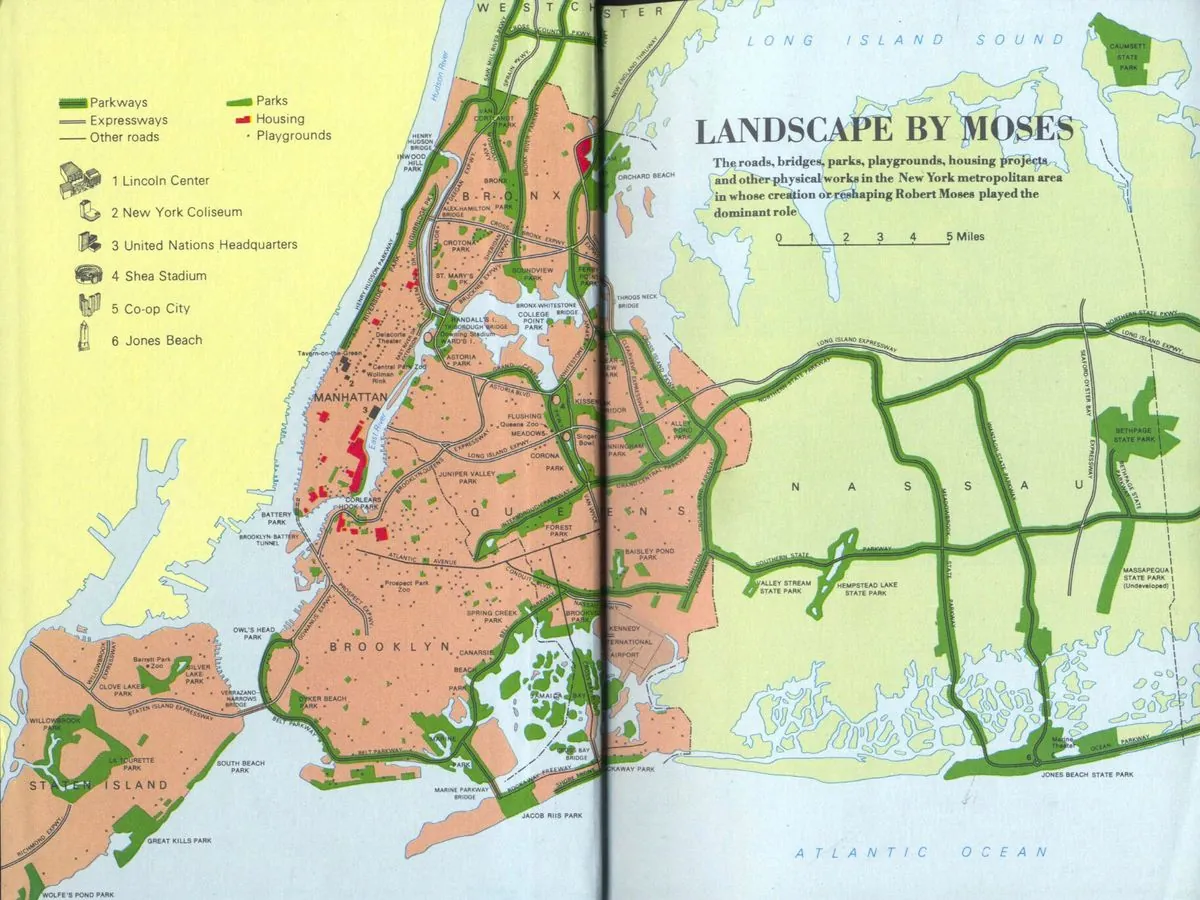50 Years On: "The Power Broker" Captivates New Generation
Robert Caro's seminal work on urban planner Robert Moses finds renewed relevance among young readers. The book's exploration of power and city development resonates across social media and podcasts.

Fifty years after its publication, Robert Caro's "The Power Broker" is experiencing a renaissance among a new generation of readers. This Pulitzer Prize-winning biography of Robert Moses, New York's influential urban planner, has transcended its status as a mere coffee table adornment to become a catalyst for urban activism and historical awareness.
At the New-York Historical Society in Manhattan, an exhibit commemorating the book's half-century milestone has drawn visitors eager to explore its impact. The display showcases the extensive editing process, with one sign noting that a third of the original manuscript—some 350,000 words—was cut before publication.
Natalie Makhijani, a 20-year-old urban studies student, represents the new wave of "Power Broker" enthusiasts. She views the book as essential reading for anyone interested in urban change, stating, "It's important to understand how things have been so we can fight for the way things should be."
The book's influence extends beyond New York, resonating with readers across the United States. It details how Moses, who never held elected office, shaped New York's infrastructure from the 1920s to the 1960s. His legacy includes 13 bridges, over 650 playgrounds, and 17 public swimming pools, as well as major projects like Lincoln Center and Shea Stadium.

However, Moses's work often came at a significant cost. His projects frequently displaced low-income communities and prioritized highways over public transportation. This aspect of his legacy has sparked critical discussions among young readers about urban planning and social justice.
Social media has played a crucial role in the book's resurgence. Shiloh Frederick, a 29-year-old New York City history enthusiast, documented her 30-day reading journey on TikTok and Instagram. Her video exposing racist designs in Riverside Park, attributed to Moses, garnered over 45,000 views and led to the removal of offensive decorations.
Similarly, Annie Rauwerda, a 24-year-old writer and comedian, has been live-streaming her reading of the book on YouTube since January 2024. Her streams have evolved into impromptu book clubs, fostering discussions about urban development and power dynamics.
The book's renewed popularity is also evident in the 60% increase in views of its Wikipedia page compared to the previous year. This surge may be partly attributed to the "99% Invisible" podcast's year-long special series commemorating the book's anniversary, which features interviews with prominent figures like Transportation Secretary Pete Buttigieg and Rep. Alexandria Ocasio-Cortez.
Despite its enduring influence, some critics argue that "The Power Broker" may not fully address contemporary urban challenges. Henry Grabar, writing for Slate, suggests that new perspectives are needed to confront today's issues.
Nevertheless, the book continues to provide valuable insights into the complexities of urban development and the far-reaching consequences of unchecked power. As cities grapple with ongoing housing and transportation issues, the lessons from Moses's era remain relevant, inspiring a new generation to critically examine their urban environments and advocate for positive change.
"It occupies and sort of colonizes so much of your brain that it just seeps out and you can't help it. You have to just accept that if you're going through it, this is going to be kind of all you're going to think about and talk about."
As "The Power Broker" enters its sixth decade, its impact on urban studies, political analysis, and civic engagement shows no signs of waning. The book's exploration of power, urban planning, and social consequences continues to resonate, proving that understanding the past is crucial for shaping the cities of the future.


































